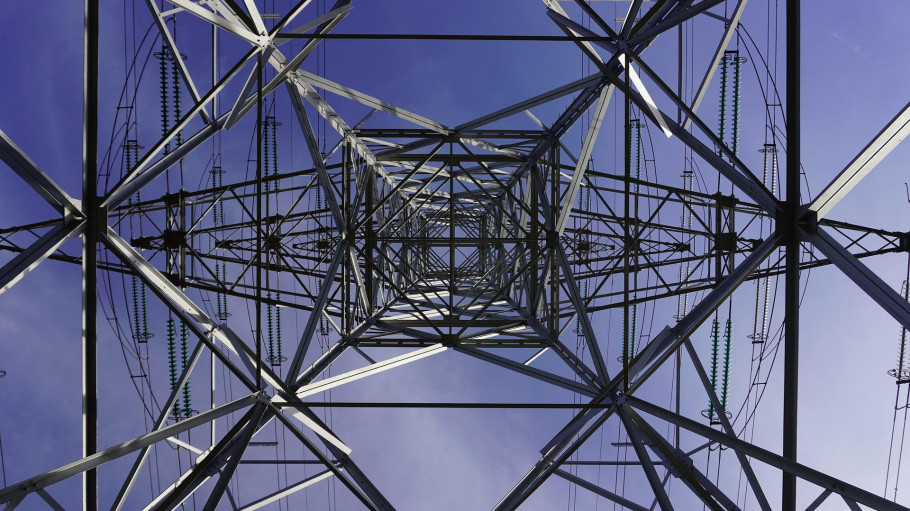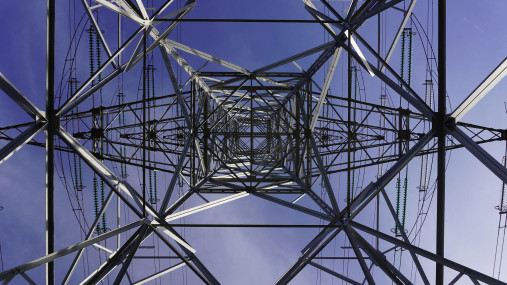
Publications » Position papers » EU gas and electricity prices. Urgent EU actions are needed
EU gas and electricity prices. Urgent EU actions are needed
Downloads and links
Recent updates

The undersigned energy intensive industries are representatives of a fundamental part of the European economy which is severely impacted by the ongoing energy crisis. Given the market concentration on the supply side, the volatility and extreme level of the European gas prices, one can question whether the gas market is working. This situation has serious consequences also for the electricity market.
With the EU gas peaking at 334 €/MWh TTF spot prices two weeks ago, which is 15 times its pre-crisis level, 10 times more than the US prices and well above the prices in Asia, it is clear that the relation with a normal market is lost. Beyond the current impact on citizens through inflation, destructive consequences on gas and electricity industrial users are inevitable.
The last weeks saw a great number of industrial plants shutting their doors or reducing their production in Europe and more are expected in the forthcoming weeks. These massive plants curtailments will increase Europe’s dependency on third markets for strategic supply chains and will drastically increase the global carbon emissions.
For many energy intensive industries there is currently no business case to continue production in Europe nor visibility and certainty for investments and further developments. The effects of those closures are also starting to have a severe impact on our value chains endangering European industrial base and the availability of essential products more broadly.
Immediate and impactful action is needed at European level, and we welcome your proactive role in this regard.
Therefore, against the background of the State of the Union address of 14 September and ahead of the Extraordinary Energy Council of 9 September, we call on the European Union to urgently introduce EU-wide measures aimed at limiting the price of natural gas and also measures designed to disconnect electricity prices from gas prices. The temporary crisis state aid framework also needs to be adjusted to this new reality.
Marco Mensink, Director General, CEFIC
Koen Coppenholle, Chief Executive, CEMBUREAU
Jori Ringman, Director General, CEPI
Renaud Batier, Director General, CERAME-UNIE
Rodolphe Nicolle, Secretary General, EULA
Ines Van Lierde, Secretary General, EUROALLIAGES
Axel Eggert, Director General, EUROFER
Guy Thiran, Director General, EUROMETAUX
Rolf Kuby, Director General, EUROMINES
Mara Caboara, Secretary General, EXCA
Jacob Hansen, Director General, Fertilisers Europe
Bertrand Cazes, Secretary General, Glass Alliance Europe

Download this publication or visit associated links
Brussels, 02 December 2025 – Unchanged negative conditions – U.S. tariffs and trade disruptions, economic and geopolitical tensions, protracted weak demand and still high energy prices – continue to weigh on the European steel market. EUROFER’s latest Economic and Steel Market Outlook confirms for 2025 another recession in both apparent steel consumption (-0.2%, unchanged) and steel-using sectors (-0.5%, revised from -0.7%). A potential recovery is expected only in 2026 for the Steel Weighted Industrial Production index (SWIP) (+1.8%, stable) and for apparent steel consumption (+3%, slightly revised from +3.1%) – although consumption volumes would still remain well below pre-pandemic levels. Steel imports retained historically high shares (27%), while exports plummeted (-9%) in the first eight months of 2025.
Fourth quarter 2025 report. Data up to, and including, second quarter 2025
Brussels, 27 November 2025 - The European ceramic, aluminium, ferro-alloys and steel industries express their deep concern about the potential impact of the EU-India FTA on strategic European industries if a sector-specific approach is not adopted and our sectors’ challenges are not duly considered.